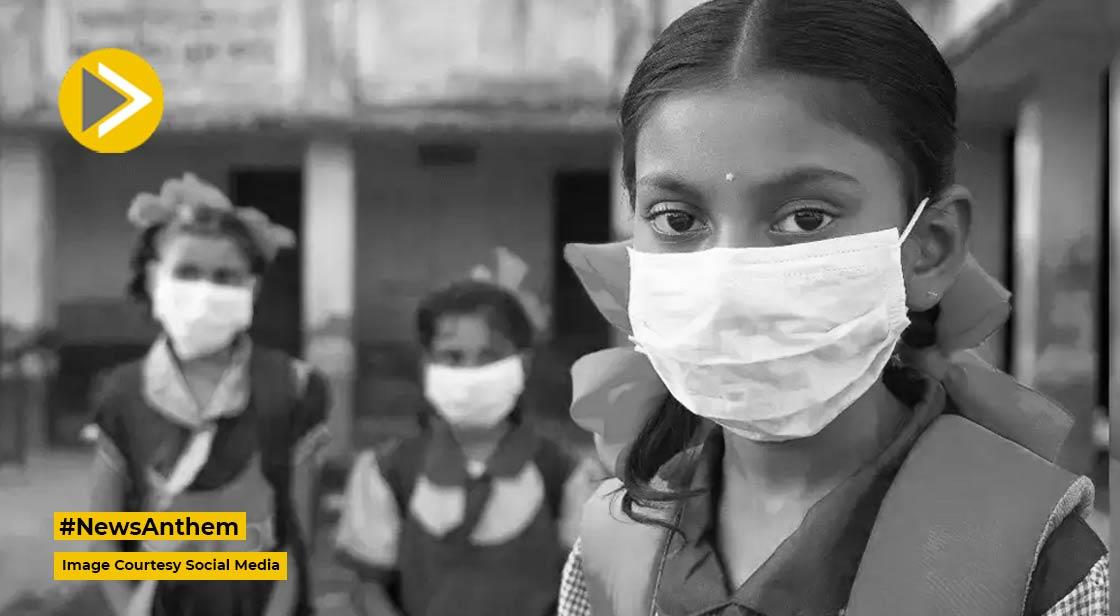India Ranks Highest In The World For Sending Girls To Primary

News Synopsis
India is the best at sending girls to primary schools and universities, but falls short with high schools, according to the global gender gap index.
The World Economic Forum claims that India's gender parity percentages have improved. Despite being near the bottom of the list—ranking 135 out of 146—it gained five positions in the past year. "In 2022, India receives a score of 0.6, ranking it seventh out of 16 countries. India's degree of achievement has a significant impact on regional rankings because there are roughly 662 million women in the country, according to the report. Despite this, it consistently comes in lower than many developing nations.
According to the Global Gender Gap Report, there are a number of factors that contribute to India's continued poor ranking, and for women, parity begins at or even before birth. According to the research, it is the lowest country, ranking 146 in terms of health and survival, and it has the fifth-worst sex ratio at birth.
Surprisingly, it tops the list for elementary school enrollment but drops to number 79 for secondary school enrollment. It does, however, reclaim the top spot in tertiary enrollment, suggesting maybe that economic standing has a significant impact on female education. Less educated and less uneducated women are working in the labour force, but India is still at the bottom of the heap.
Both educated and unskilled women are contributing less to the labour force, and India continues to scrape by with an estimated earned income of just 140. Pay is uneven and poor at managerial levels as well. But in terms of wage equality, it is 122nd and doesn't get much better even for the subset of top officials and managers, which is at 123. But it's five spots higher for the women in technical and professional fields. According to the research, Nepal, Bangladesh, and India saw the largest increases in women holding professional and technical positions.
According to the survey, gender wealth discrepancies are being caused by pay gaps throughout the course of a working career. For front-line operational workers and professionals and technicians, the average wealth difference is still 11%. The wealth gap caused by the wage differential for senior and management employees is about 38%.
"This could explain why, as the percentage of women in the workforce declines throughout the corporate ladder, women in leadership roles likewise progressively lag behind their male counterparts in the senior phases of their careers. Female representation in India has plummeted from 29% at the senior level to a startling 18% at the managerial level, according to the survey.









